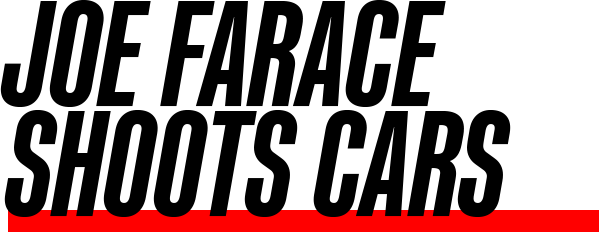Today’s Post by Joe Farace, photos by Mary Farace
I used to shoot almost everything as JPEG but over time the constant Internet (and my friend too, to be honest) drumbeat of “shooting RAW” convinced me that I might be wrong. But I also hedge my bets by shooting RAW+JPEG and almost always end up working with the RAW files. Here’s why…
 I now believe that the best way to achieve maximum image quality, especially when shooting with the older cameras I have, is to capture the photograph in RAW along with all of the data captured by your camera’s sensors.
I now believe that the best way to achieve maximum image quality, especially when shooting with the older cameras I have, is to capture the photograph in RAW along with all of the data captured by your camera’s sensors.
One of the benefits of shooting RAW is that the files can be physically smaller than an uncompressed TIFF file. A RAW file also doesn’t have the kind of quality-reducing artifacts found in JPEGs and parameters, such as white balance, can easily be modified after the image is captured. Most importantly, you have access to 16-bit data to produce images in greater detail.
If the upside of using RAW is that you can squeeze the maximum quality out of every pixel on your camera’s sensor, the downside is that, just like a roll of exposed film, you have to process that file before you can do anything with it. All this takes time and computer software to convert the original file into a more portable format. All the choices you’ll face when deciding to shoot RAW or not involves similar trade-offs. Before you open the door to RAW nirvana, it’s nice to have some idea of what’s waiting on the other side.
When processing RAW image files, you’re gonna have to deal with decisions such as bit depth. Bit depth aka pixel depth is the number of bits used to represent each pixel in a digital photograph and ultimately determines its tonal range. An 8-bits per color pixel produces a 24-bit image. Higher bit depth (more data per pixel) produces a more accurate color representation of the original image. The upside of working with 16-bit images is better image quality but it’s still up to you to capture a properly exposed and sharp image. Starting with an unmolested file means less image degradation produced by rounding errors occurring when a file is processed. Image manipulation using 16-bit techniques takes advantage of Photoshop’s floating-point operations producing smoother histograms and tonal transitions.

The downside of working in 16-bit mode is that larger files take more disk space and demand more robust computing resources. At some point you’ll discover there are some things you may not be able to accomplish in 16-bits. Not all software tools, for example, work in that mode. When that happens you should save a copy of the processed file and convert it (Image > Mode > 8 Bits/Channel) into 8-bit mode, while retaining the original sixteen-bit file in a project folder.
RAW processing is the new digital alchemy and the contemporary equivalent of all those traditional darkroom wizards who insisted that only their formula of Rodinal diluted 6:1 with a splash of Doctor Pepper produced properly processed negatives. These days digital pundits, gurus and posers argue that only their methods, their software will produce the best possible results.
Manufacturers usually provide RAW software free with their DSLRs or mirrorless cameras, such as Nikon’s Capture NX-D shown above Tip: Use what’s freely available first and then up the ante as your experience with processing RAW files increases.
 If you enjoyed today’s blog post and would like to treat me to a cup of Earl Grey tea ($2.50), please click here. And if you do, thanks so much.
If you enjoyed today’s blog post and would like to treat me to a cup of Earl Grey tea ($2.50), please click here. And if you do, thanks so much.
Along with photographer Barry Staver, Joe is co-author of Better Available Light Digital Photography that’s out-of-print but new copies are available for $21.88 or used copies for giveaway prices—less than three bucks—from Amazon, as I write this. The Kindle version, for some reason, is expensive.
